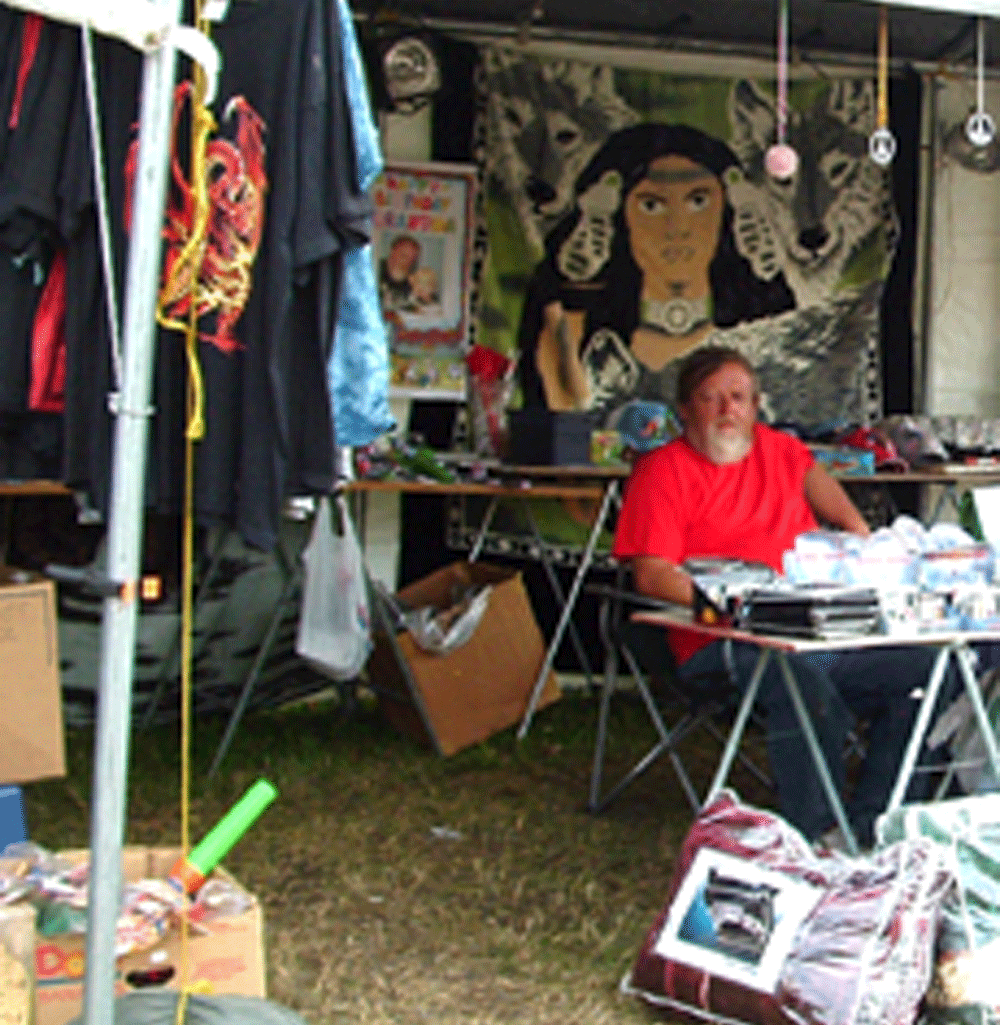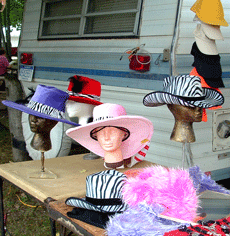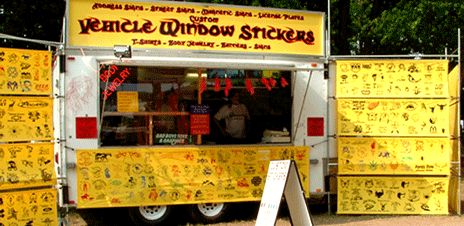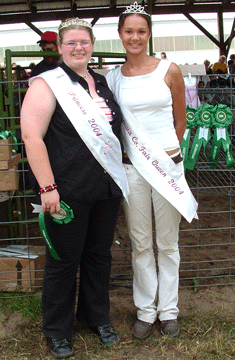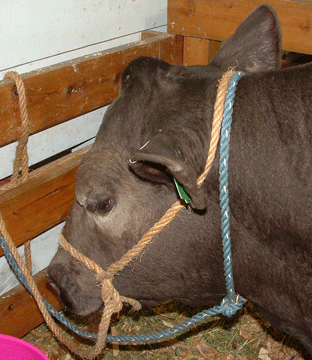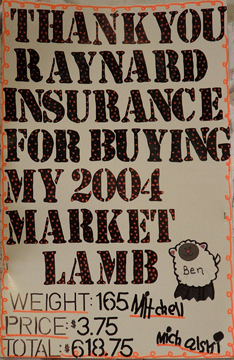|
The community sense in Chippewa is different. In Arlington it’s tied to the many booths of the county offices, the community organizations, and the political groups.
Everyone visits the booths that share their views – Democratic or Republican, pro-choice or pro-life. There were a few political booths in Chippewa, but they didn’t get as
much attention. To my surprise there was no voter registration booth, no League of Women Voters, and no county staff or elected officials in sight. A few Christian groups
were in evidence – a school selling ice cream cones to raise a bit of money, a children’s ministry inviting youngsters in to hear a story and get their face painted for free
afterwards. None of the other groups that were at the Arlington fair, though – the Arlington-Fairfax Hebrew Congregation, the Baha’i faith, or Unitarian church, the
Catholic church. And no Hispanic social services or Ethiopian Community Development Corporation. In fact, after the jumble of anglos, Hispanics, south Asians, Arabs,
Somalis, Vietnamese, Cambodians, and other ethnicities that is Arlington, the Chippewa fair was uniformly white, with the exception of perhaps half a dozen people I
spotted over the whole weekend.
Of course the big difference between Chippewa and Arlington is the animals. The Chippewa County Fair is what Arlington pretends to be – a real rural fair. The heart of
the fair and much of its community is the 4-H, the judging of livestock, and the auction of cows, pigs, sheep, and goats. Over each pen was a sign with the animal’s name,
the name of the person who raised it, the starting weight, the days it was fed, and the auction weight. Another sign over each pen thanked the buyer, and showed the price
per pound and how much the animal had sold for. Sheep ran to a few hundred, pigs around $600, steers between one and two thousand, except for the prize ones whose
price per pound was twice that of the others.
I can’t imagine spending a year raising an animal, entering it in the competition, and then happily auctioning it off to the highest bidder who will kill it to serve for
dinner. But that’s part of farming, and it’s part of what the youngsters here learn. I chatted with a teen-aged girl whose friend had raised the reserve champion steer.
We met by the animal’s pen, scratching its head and petting its flanks. Her friend lived on a livestock farm and was used to seeing them go every year, but she still was
distraught that her prize-winning animal would be food in a few days.
The Chippewa fair had a fair queen competition, as well, with the runner-up chosen fair princess. The competition information stressed that the contestants had to be
able to spend most of the fair week on site if they won; if they had a job their employers had to be willing to give them the fair week off. I came across the queen and princess
in their winning sashes at the livestock auction, the queen a pretty dark-haired girl, the princess a hefty blonde with pink cheeks, blue eyes, and two long tight braids down
her back. As each steer was sold, one of the girls brought up a ribbon and was photographed with the animal. Chippewa didn’t have a fair prince, but gender neutrality is
edging into the county fair world; Barb’s nephew Jeremy had been chosen fair prince in his county earlier in the summer. |
